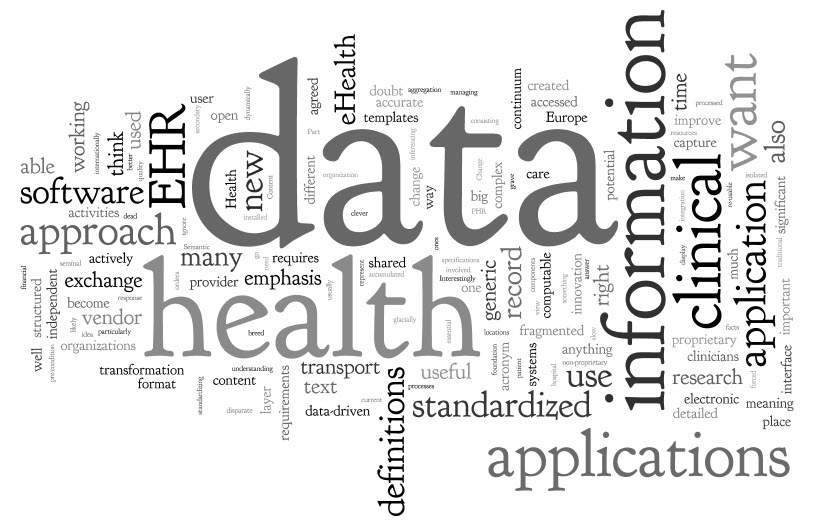Document management associations and consulting organizations have published a mountain of studies addressing the inefficiencies of manually keying data from unstructured documents to electronic databases. Most acknowledge that manual data entry is error prone, labor intensive and slows the workflow process. Yet, particularly in healthcare, it’s stunning how many organizations still rely on this practice day to day to populate demographic and lab results data into EHRs and other clinical decision support systems.
Idiosyncratic Codes and Costly Interfaces
In an oft-cited study published nearly ten years ago by the American Medical Informatics Association about the Transplant workflow process at Intermountain Healthcare in Salt Lake City,the case was made that “laboratories use idiosyncratic codes to identify tests. Thus, the care systems cannot fully understand the results they receive. They need to either adopt the producer’s laboratory codes (which is impossible if they receive results from multiple sources), or map each result from a producer’s code system to their internal code system.” It further cited the extraordinary cost of building and maintaining interfaces to every external laboratory from which they receive results.
Data Standardization Progress and Challenges
In the intervening years, though much has been done to better share results data between LIS and EHR systems, the lack of standardization still exists between external performing labs and the hospitals and clinics which order tests. LOINC and SNOMED and the more recent JASON and HL7’s FHIR projects provide frameworks for a normalized taxonomy, but are still not widely used. Nurse coordinators and medical assistants are still spending a significant part of their work week keying data into the burgeoning array of electronic data systems. And the problem described by Intermountain that clinicians faced “logistic, financial, regulatory and clinical issues” has only expanded due to increased CAP, CLIA and JCAHO regulations, and additional data from newer technologies, such as genomics.
Advanced Data Capture vs. Manual Data Entry
A well-known mid-Atlantic hospital’s transplant program, which until fairly recently manually entered results data into paper flowsheets, made the transition to automating this process with an advanced data capture tool in parallel with an Epic Phoenix rollout.
As this institution attracts patients from across the country, lab results faxed from external labs are received via fax server, classified by solid organ and patient last name and routed to the queue for the transplant department handling each patient’s care. Before being presented to the care coordinator, the results are OCRed and intelligently read using a rules engine to extract all lab data. Duplicates are recognized and tracked. Crosswalk tables quickly perform the following:
- match the patient and orders to Epic;
- the performing lab is identified and its code is pulled from among 45,000 CLIA certified labs;
- and most importantly, all test components are automatically and accurately mapped to Epic.
The coordinator (or QA person) verifies that the received data is accurate and complete before releasing it to the EHR via HL7 messaging in near real-time. A second export simultaneously writes the image and tag data to the Hyland OnBase electronic document management system. No hard-wired interfaces are used, and the whole process is audited.
It is anticipated that the system will pay for itself in months and allows the care team to focus on the patient, whether they are visiting the hospital or enjoying a new life back at home.
A brief document workflow assessment can uncover these process advancements for your transplant, oncology or clinical labs program too.